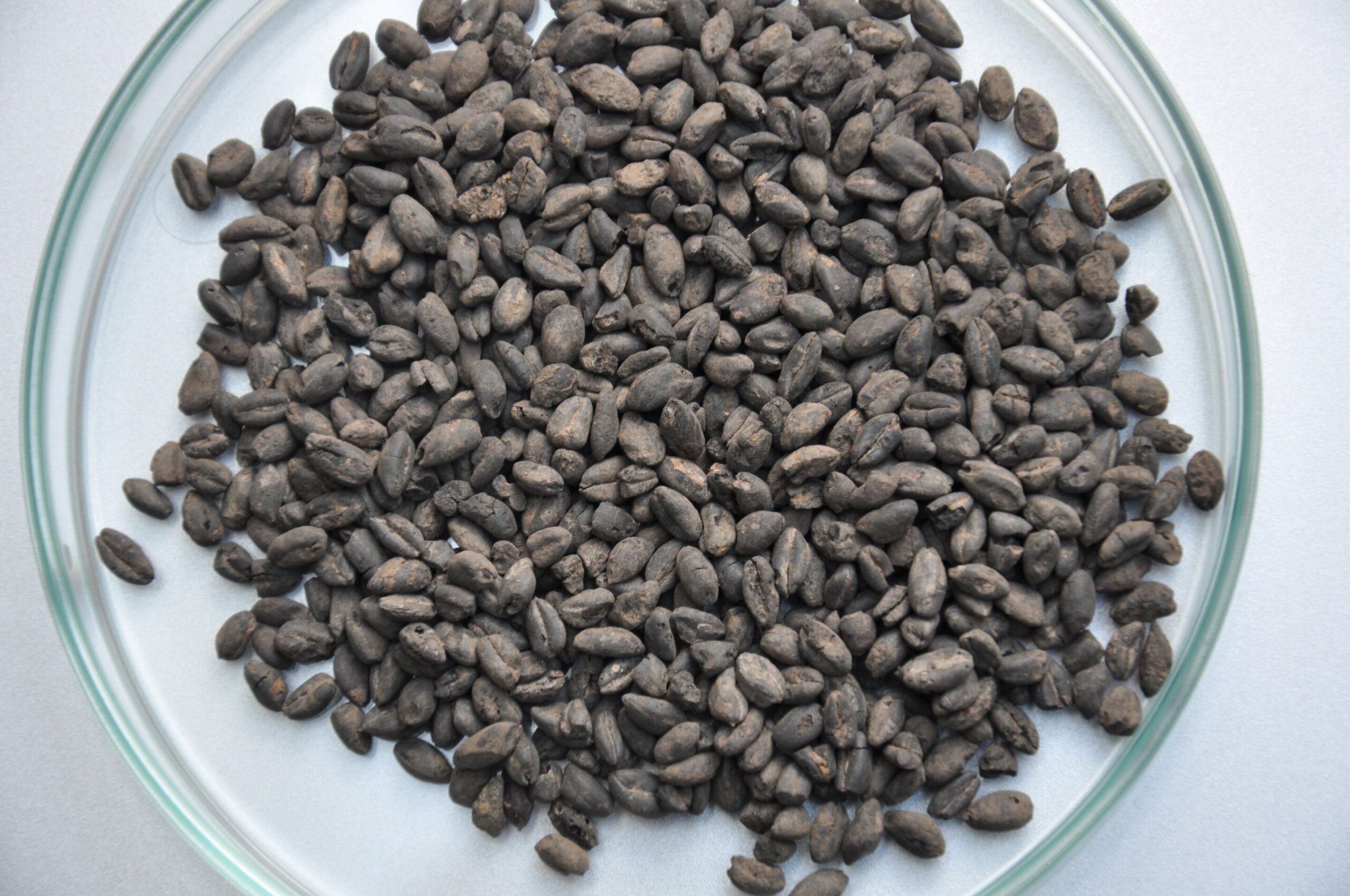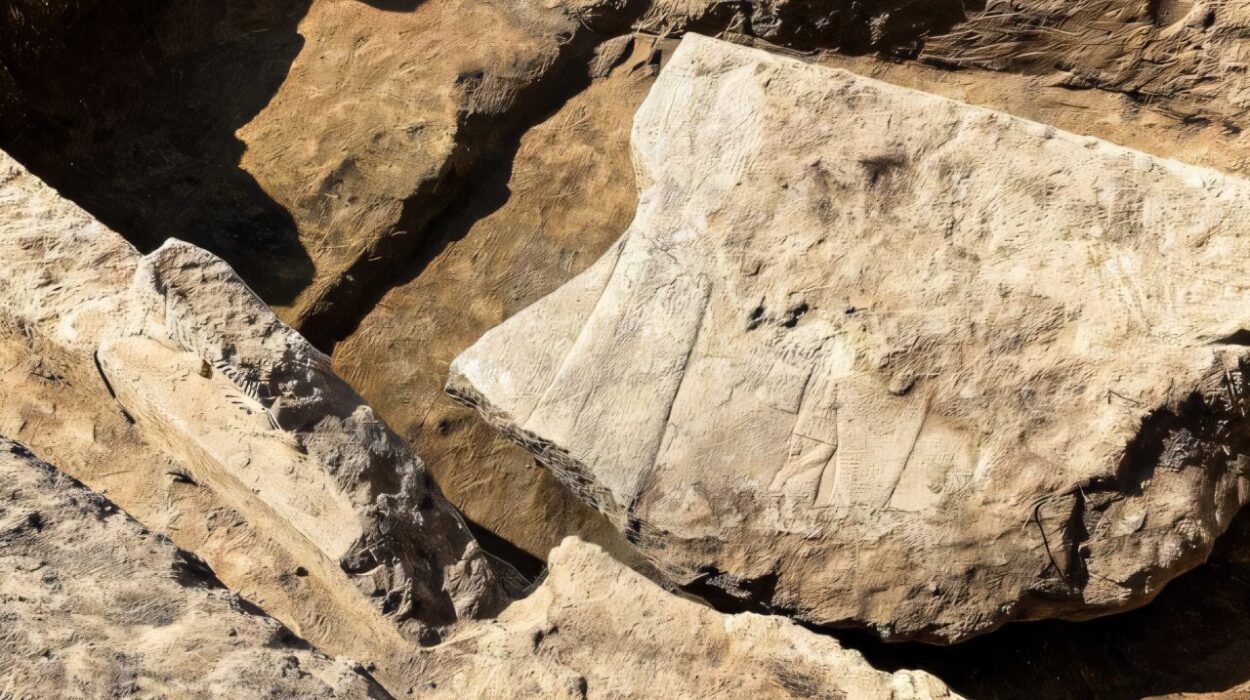Nearly 7,000 years ago, in the fertile valleys and river plains of Central Europe, human hands reshaped the destiny of our species. The transition from foraging to farming was more than a shift in how people fed themselves—it was a revolution that forever altered landscapes, societies, and even human biology. The first farmers in this region belonged to what archaeologists call the Linear Pottery culture. They arrived in Central Europe around 5,400 BCE, carrying with them seeds, tools, and an entirely new way of life.
These pioneers cultivated emmer and einkorn, two ancient forms of wheat that were staples of early agriculture. But these crops came with challenges. Both were hulled grains, requiring labor-intensive processing before they could be turned into bread or porridge. Farming, though revolutionary, was still a fragile practice. It tied people to the rhythms of the soil, the sun, and the rain. Early farmers were vulnerable—if crops failed, so did entire communities. And yet, it was in this fragility that innovation began to take root.
Seeds of Innovation
Recent research led by Professor Dr. Silviane Scharl, Dr. Astrid Röpke, and Professor Dr. Astrid Stobbe has revealed a more nuanced and dynamic picture of this agricultural transformation. Their interdisciplinary project, uniting experts in prehistoric archaeology, archaeobotany, vegetation history, archaeozoology, and dendroarchaeology, looked closely at the remains of seeds found in settlement pits across the Rhineland in western Germany.
What they found was astonishing. Around the Middle Neolithic period (approximately 4,900–4,500 BCE), new cereals began to appear in the fields of Central European farmers. Naked wheat, which did not require dehulling, and barley, a grain hardy enough to thrive in varied climates, joined the agricultural repertoire. These grains may seem unremarkable to us today, yet for Neolithic communities, they were game-changing innovations.
The introduction of these new crops was not a sudden revolution but a gradual diversification. Archaeobotanical evidence from 72 Neolithic sites shows that the shift began earlier than previously assumed. Already at the dawn of the Middle Neolithic, farmers were experimenting with new varieties, testing what the soil and seasons would allow. This was not only a technical advancement but an act of resilience, a strategy to safeguard communities against uncertainty.
Adapting to the Environment
Agriculture was never a static practice. For early farmers, survival depended on their ability to read the land, to understand its rhythms and respond to its challenges. The integration of naked wheat and barley into their cultivation systems reflects this adaptability. Naked wheat required less labor to process, reducing the burden of food preparation. Barley, tolerant of poorer soils and harsher conditions, opened the possibility of farming in less fertile areas and across different seasons.
This flexibility was revolutionary. By cultivating both summer and winter crops, Neolithic farmers could stabilize food supplies, reducing the risks of famine caused by crop failure. It also allowed them to use a wider range of soils, meaning settlements could thrive in places where earlier farming methods would have failed. In this sense, the adoption of new cereals was not just agricultural—it was deeply social. It meant security, stability, and the chance for communities to grow.
Diversity and Transformation
The study also revealed a fascinating rhythm in the story of Neolithic farming. Around 4,350 BCE, the diversity of cultivated cereals reached its peak. Farmers were growing a wider range of crops than ever before, experimenting and diversifying in ways that maximized resilience. But then, something changed. The spectrum of cereals narrowed again, suggesting a new transformation in agricultural systems.
Why did diversity decline? The evidence points to a shift in the balance between crop and animal husbandry. As cereal cultivation became less varied, livestock farming—especially cattle herding—appears to have gained importance. Cattle were not only sources of meat and milk but also powerful laborers, able to pull plows and transform the efficiency of farming. This shift suggests that Neolithic farmers were continually fine-tuning their strategies, responding to environmental pressures and social needs with remarkable ingenuity.
Knowledge Rooted in the Land
Perhaps the most striking revelation of this research is the depth of environmental knowledge possessed by these early farmers. Far from being passive recipients of crops introduced from other regions, they were active experimenters. They tested, adapted, and adjusted their practices in dialogue with their environment. In regions with harsher climates, they deliberately chose cereals that could withstand difficult conditions. In fertile regions, they pushed the boundaries of diversity, broadening their agricultural base.
This adaptability speaks to a profound awareness of the interconnectedness of soil, climate, plants, and animals. These Neolithic communities were not simply farmers—they were scientists in their own right, observing patterns, drawing conclusions, and applying innovations. Their legacy reminds us that the roots of human ingenuity stretch deep into prehistory.
Beyond Survival: The Social Meaning of Farming
Agriculture was never only about food. The act of cultivating fields and harvesting grain transformed social life. Settlements grew larger and more permanent. Storage pits and granaries reflected the ability to plan for the future. With food surpluses came new forms of social organization, trade, and even inequality. Agriculture was the seedbed not only of crops but of civilization itself.
The integration of new crops into farming systems around 7,000 years ago was therefore more than a technical adjustment—it was a step toward the complex societies that would follow. Each seed planted carried with it the promise of stability and the possibility of transformation. In this way, the farmers of the Neolithic were laying the foundations of cultural as well as agricultural change.
A Story Still Unfolding
The story revealed by the charred remains of seeds is both scientific and profoundly human. It tells us about resilience in the face of uncertainty, about the creativity of communities long gone, and about the ways in which human societies are always entangled with the environments they inhabit.
The research conducted in the Rhineland is a reminder that the development of agriculture was not a single event but an ongoing process of experimentation, innovation, and adaptation. It was a dialogue between people and their environment, written not in words but in the quiet growth of plants and the rhythms of harvest.
Even today, as we face challenges of climate change, food security, and sustainability, the story of those first farmers remains relevant. Their willingness to adapt, diversify, and innovate is a lesson across the millennia: survival belongs not to the strongest or the most certain, but to those who remain flexible, responsive, and deeply attuned to the world around them.
The Legacy of the First Seeds
The fields of the Rhineland may look different now, filled with modern machinery and high-yield crops, but beneath the soil lies the memory of those first seeds of change. The emmer and einkorn, the naked wheat and barley, tell a story of courage and creativity. They speak of human beings who, thousands of years ago, dared to reshape the natural world in the hope of a more secure tomorrow.
That hope is still with us. Each time we sow a seed, we are part of a lineage that stretches back to those Neolithic farmers. Each harvest echoes with their ingenuity. And in that continuity lies the greatest truth of all: agriculture is not only about feeding the body—it is about sustaining the human spirit, about weaving resilience, creativity, and adaptation into the fabric of life.
More information: Tanja Zerl et al, Dynamics of early agriculture – multivariate analysis of changes in crop cultivation and farming practices in the Rhineland (Germany) between the 6th and early 4th millennium BCE, Journal of Archaeological Science (2025). DOI: 10.1016/j.jas.2025.106369






